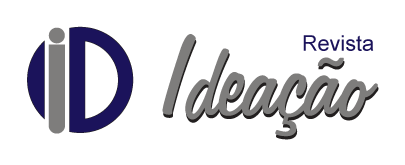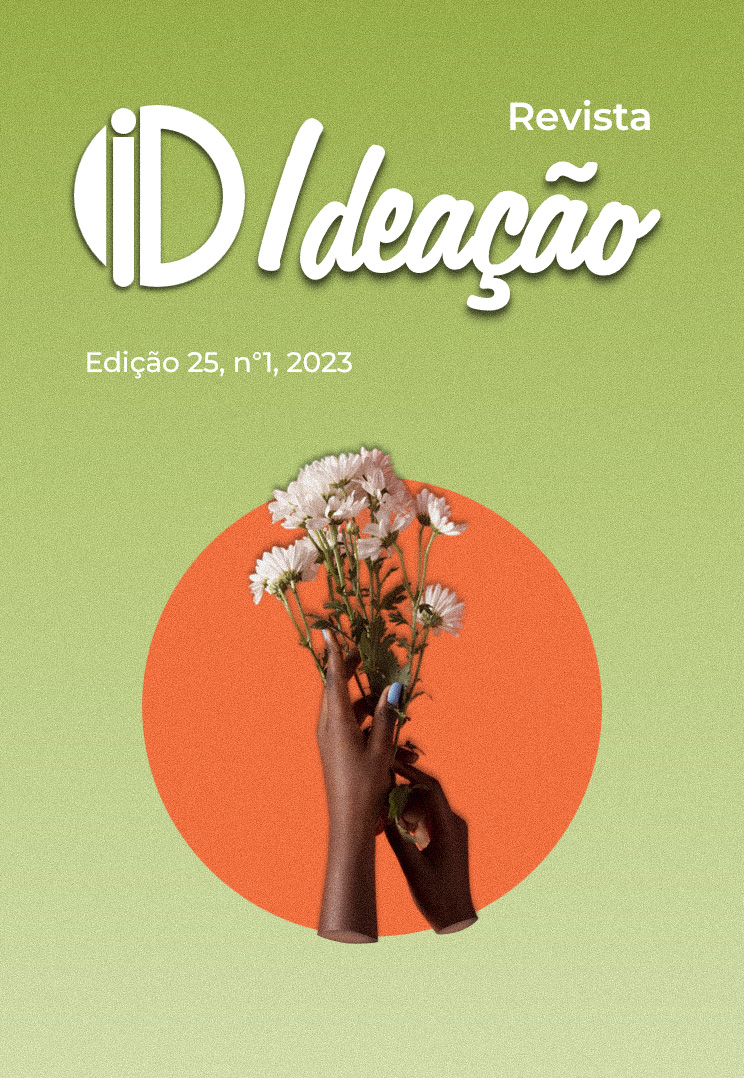The interdisciplinarity of the educational practice of capoeira in teaching is based on
DOI:
https://doi.org/10.48075/ri.v25i1.29788Keywords:
Diversity, Interdisciplinarity, Education, SchoolAbstract
The objective of this work was to understand how the educational practice of capoeira can contribute to the development of interdisciplinarity in the final years of elementary school. Descriptive research was developed, with a qualitative approach, of the type of pedagogical intervention in which participant observation, semi-structured interview and an intervention workshop were used as instruments of data production. The interlocutors of the research were 05 (five) teachers from the municipality of Asunción do Piauí, 04 (four) teach classes at the Evaristo Campelo de Matos School Unit, scenario of this research, and 01 (one) develops capoeira activities in social and community projects of that municipality. The results indicate that capoeira is an educational practice that has several formative capacities that, when worked in an articulated way with educational principles – such as respect, collectivity, appreciation of diversity and discipline – can contribute to human formation, to the learning of interdisciplinary school knowledge, to health, among other advantages. The interdisciplinary potential of capoeira strengthens its educational character as an educational instrument for socializing knowledge and virtues such as companionship, camaraderie, teamwork, respect for different opinions and diversity, making it a kind of popular education, very widespread in contemporary times.
Downloads
Published
How to Cite
Issue
Section
License
Copyright (c) 2022 Direitos partilhados conforme licença CC BY-NC-SA 4.0

This work is licensed under a Creative Commons Attribution-NonCommercial-ShareAlike 4.0 International License.
Authors who publish in this journal agree with the following terms:
1. Authors maintain copyright and grant the journal the right of first publication, with the work simultaneously licensed under the Creative Commons Attribution License that allows the sharing of the work with recognition of authorship and initial publication in this journal.
2. Authors are authorized to assume additional contracts separately, for non-exclusive distribution of the version of the work published in this journal (e.g., to publish in an institutional repository or as a book chapter), with acknowledgment of authorship and initial publication in this journal.
3. Authors are allowed and encouraged to publish and distribute their work online (e.g., in institutional repositories or as a personal page) at any point before or during the editorial process, as this may generate productive changes, as well as increase the impact and citation of the published work (See The Effect of Free Access).
Creative Commons License
This work is licensed under a Creative Commons Attribution-Noncommercial-ShareAlike 4.0 International License, which permits sharing, copying, distributing, displaying, reproducing, the whole or parts provided it has no commercial purpose and the authors and source are cited.


